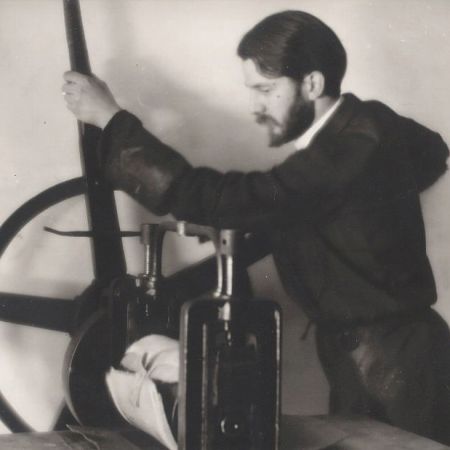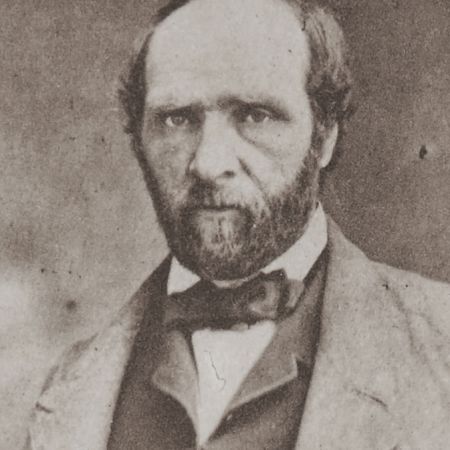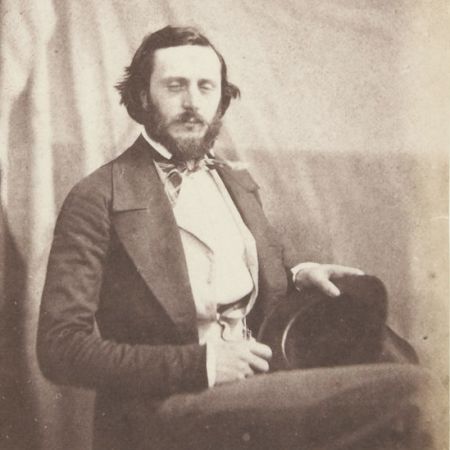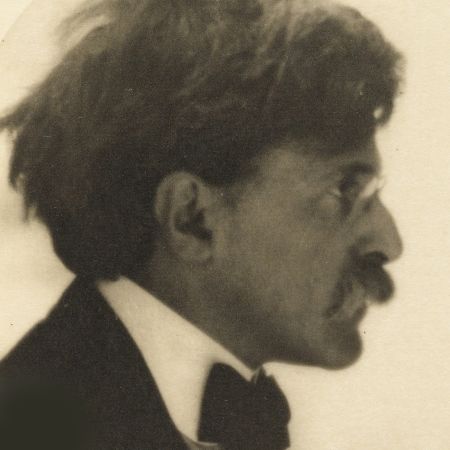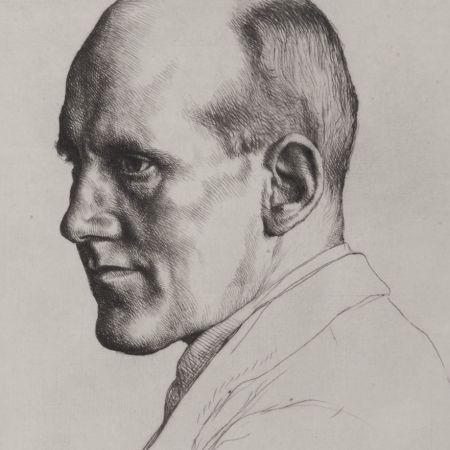
Mammiferes Primates; Gorilla Gina, 1853
Photographie Zoologique Ou Représentation Des Animaux Rares Des Collections Du Muséum D'histoire Naturelle
View in CollectionAbel Niépce de Saint-Victor
French, 1805–1870
View all works on Photogravure.com
The cousin of the pioneer of the medium, Joseph Nicéphore Niépce, Abel Niépce de Saint-Victor was originally famous in photography for having developed photographic negatives made of albumen on glass
Beginning in 1853, Niépce de Saint-Victor and the engraver Francois-Augustin Lemaître worked to improve aspects of Joseph Nicéphore Niépce’s heliographic technique. The collaborative effort successfully yielded an improved technique that allowed photographs to be translated into a printing plate. Their two principal refinements were making the bitumen of Judea more sensitive, and adding an aquatint texture to hold the ink in large areas of tone. The process, however, produced images which were mostly flat and dull, and unable to render delicacy of detail without the aid of extensive hand work.

Napoleon III, Mayer fréres, 1855, printed by Niepce de Saint-Victor

Empress Eugenie, Mayer fréres, 1855, printed by Niepce de Saint-Victor
Louis Rousseau and Achille Deveria’s 1853 volume Photographie zoologique ou représentation des animaux rares des collections du Muséum d’Histoire Naturelle included photogravures produced by this process. The volume is considered the first substantial publication to be illustrated with photogravures.
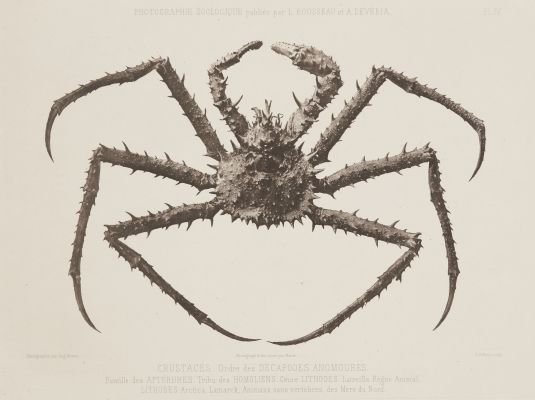
Crustaces, Photographie Zoologique Ou Représentation Des Animaux Rares Des Collections Du Muséum D’histoire Naturelle, 1853
Niépce de Saint-Victor’s method did not last for very long, in particular because the process always required the intervention of an engraver. Its merit was that it was a pioneering method and opened the way to newer methods. In the last years of Niépce de Saint-Victor’s life, he wrote a series of articles on the action of light upon light-sensitive surfaces. In 1862, he joined the Societe Francaise de Photographie and donated a number of original negatives and prints to their collection.
